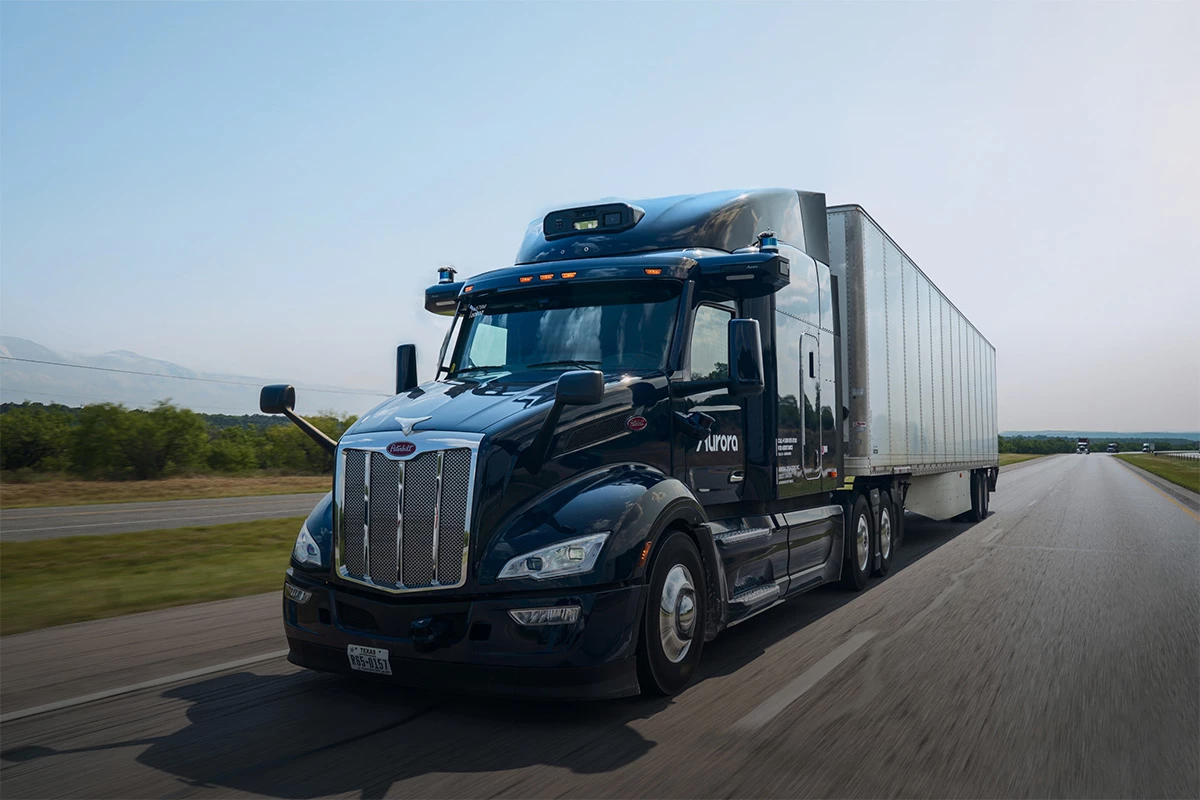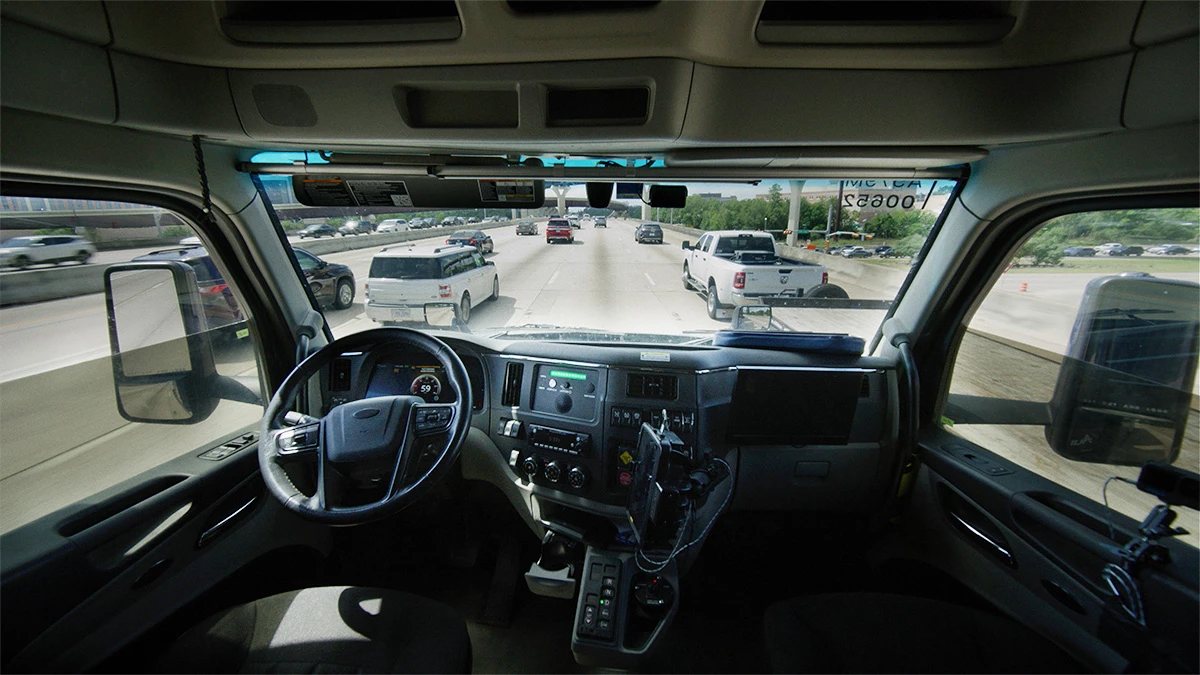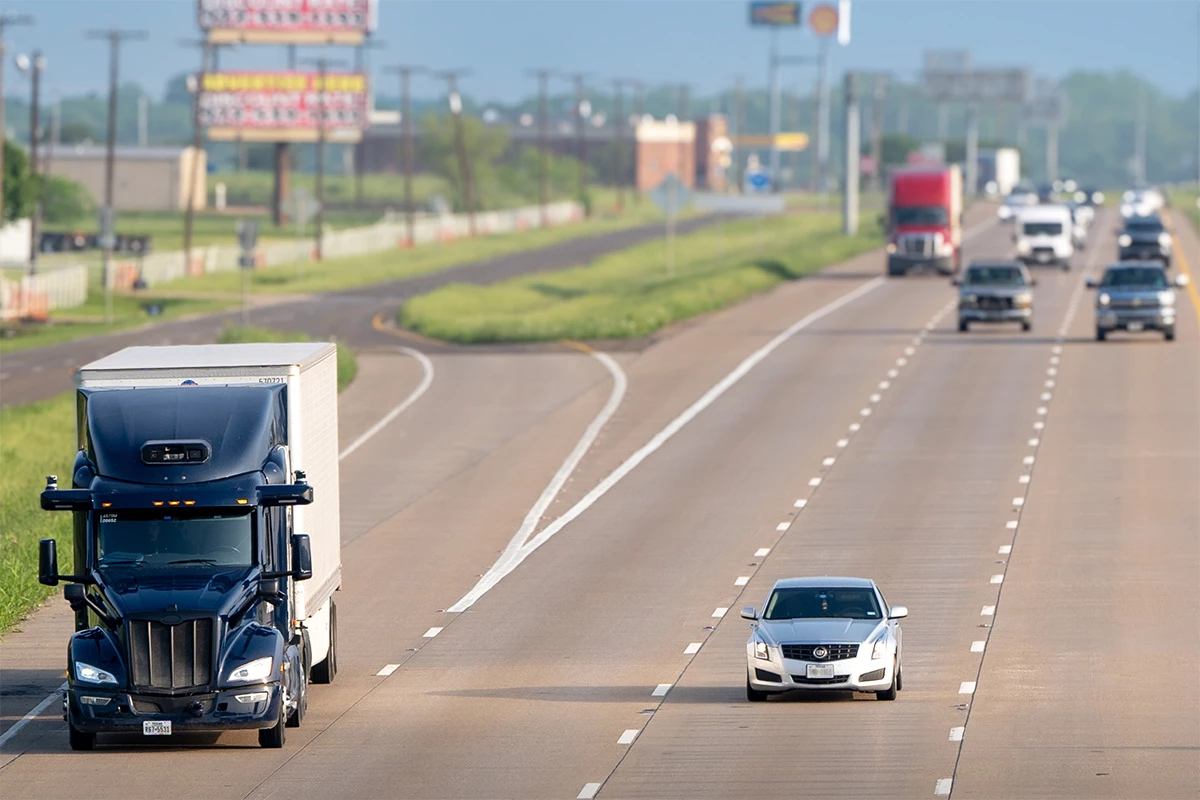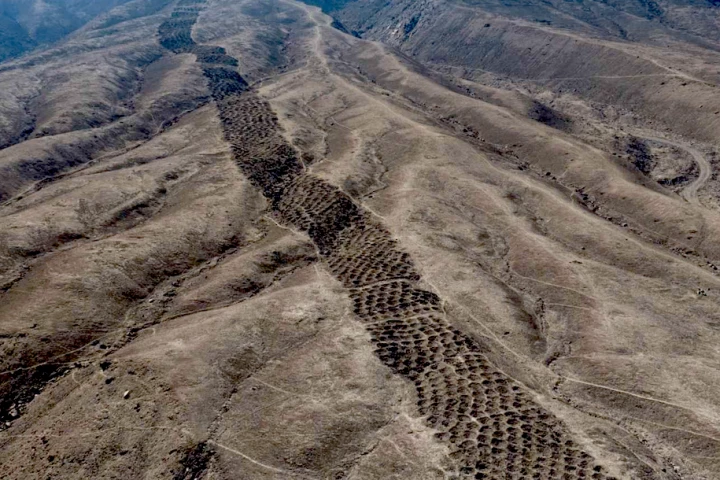The next time you spot a long-haul truck on the I-45, crane your neck to see if there's anyone in the driver's seat. If it's empty, it's all thanks to Aurora.
The Pittsburgh-based autonomous vehicle tech startup has just launched its self-driving trucking service in Texas, starting with deliveries between Dallas and Houston. The company's driverless tech suite has already covered more than 1,200 miles (1,930 km) on public roads.
With that, Aurora is the first company on the planet to commercially operate self-driving heavy-duty trucks. Its first customers are Uber Freight, which offers on-demand logistics solutions, and Hirschbach Motor Lines, a carrier focused on time- and temperature-sensitive deliveries.
Here's what it looks like going down the highway between Dallas and Houston from inside a driverless truck with Aurora tech on board.
“Riding in the back seat for our inaugural trip was an honor of a lifetime – the Aurora Driver performed perfectly and it’s a moment I’ll never forget,” noted Chris Urmson, Aurora's CEO and co-founder, who hopped on for a ride.
Urmson is referring to an integrated suite of more than two dozen LiDAR, radar, cameras, mics, and an onboard computer to make sense of all the incoming sensor data on a truck. Aurora says this Level 4 autonomous setup "provides comprehensive awareness and attentiveness to changing road conditions."
In fact, it claims that its proprietary LiDAR tech can see more than 1,476 ft (450 m) ahead, and spot pedestrians up to 11 seconds sooner than human drivers at highway speeds at night. Aurora says it can also detect and allow aggressive drivers to pass its trucks safely, and slow down to change lanes and avoid parked emergency vehicles.
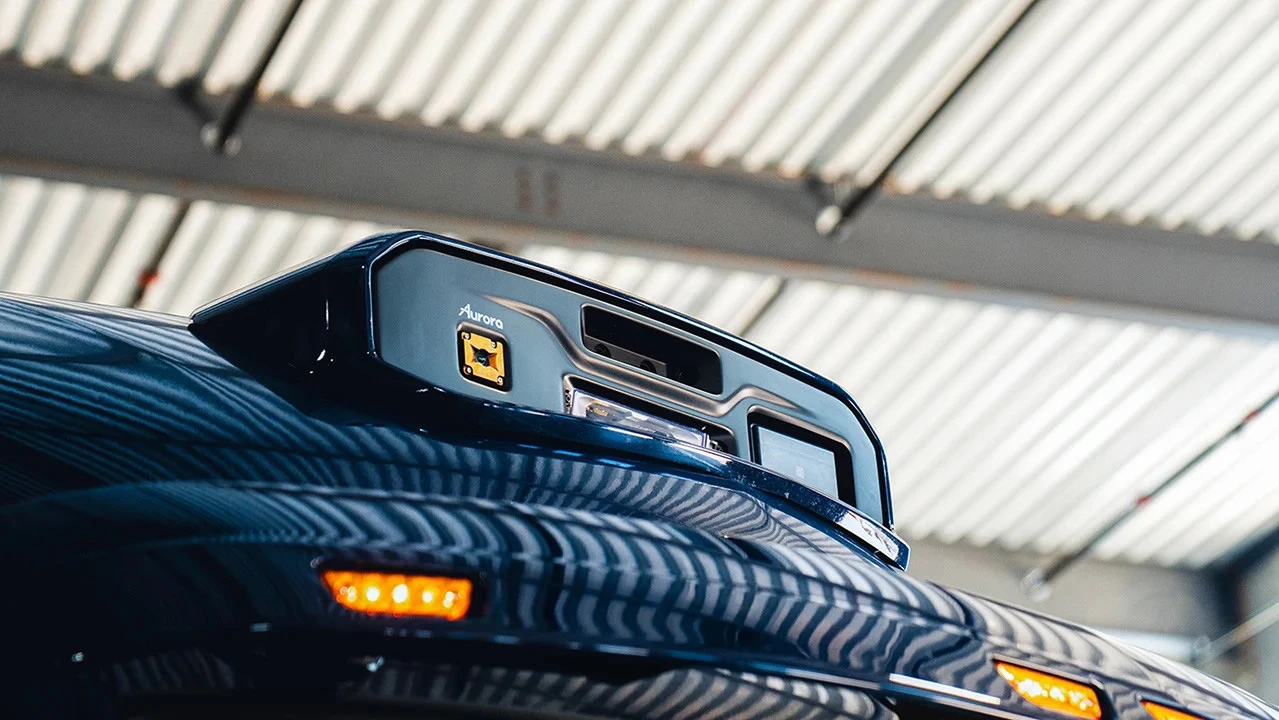
The Aurora Driver system can integrate with OEM trucks, and the company has already partnered with Volvo and PACCAR (which makes trucks with Kenworth and Peterbilt badges) to bake its hardware and software into their freight vehicles.
That's a big step forward for the Pennsylvanian startup, and potentially the start of a seismic shift for the trucking industry at large. This launch was pretty much on schedule as per Aurora's previous forecasts, and it aims to expand to El Paso, Texas, and Phoenix, Arizona by the end of the year. The company also hopes to enable more capabilities like driving at night and in rainy weather, and operating on more lanes along the US Interstate system.
One thing that stuck out to me in Aurora's press release is that it claimed its tech would not impact jobs in the industry, and linked to a 2021 report from the US Department of Transportation on the Macroeconomic Impacts of Automated Driving Systems in Long-Haul Trucking (PDF).
In short, the report states that while automation will naturally lead to a decrease in the number of jobs for long-haul truck drivers, you'll need to consider that this tech will be adopted gradually and not all across the industry overnight. As such, the number of jobs disappearing each year is expected to be less than the number of drivers who leave the profession through natural turnover.
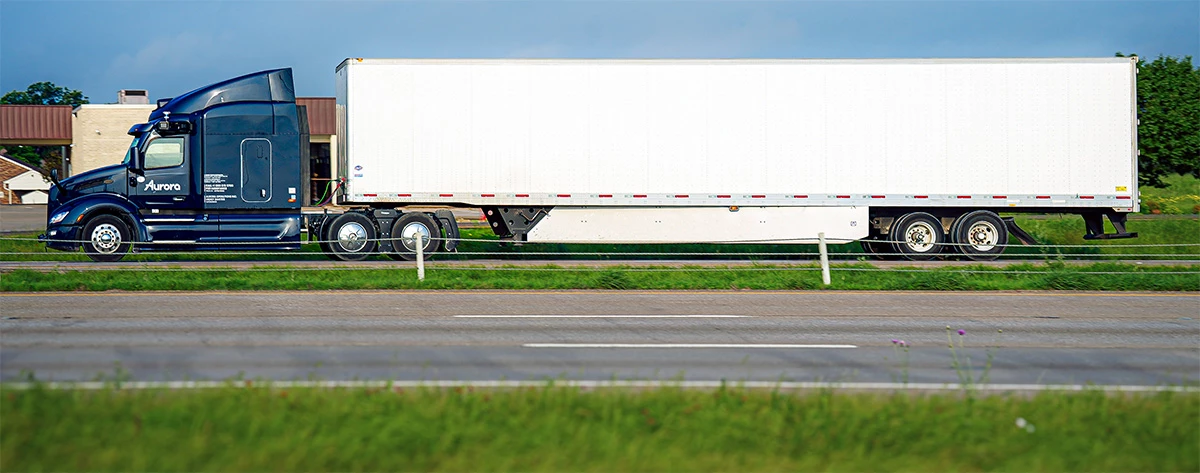
Plus, long-haul drivers whose jobs are affected should be able to find employment as short-haul truck drivers (whose jobs can't yet be automated as easily owing to more challenging routes and conditions). While jobs decrease in this sector, the overall US economy is projected to see an increase in total employment due to broader productivity gains resulting from the automation. It will require a sharper mind than mine to conclude if the math will math.
Aurora is set to reveal its Q1 earnings on May 8, at which point it will also share more details about how its self-driving program will expand – and how the current trade war will affect its business going forward.
Source: Aurora
